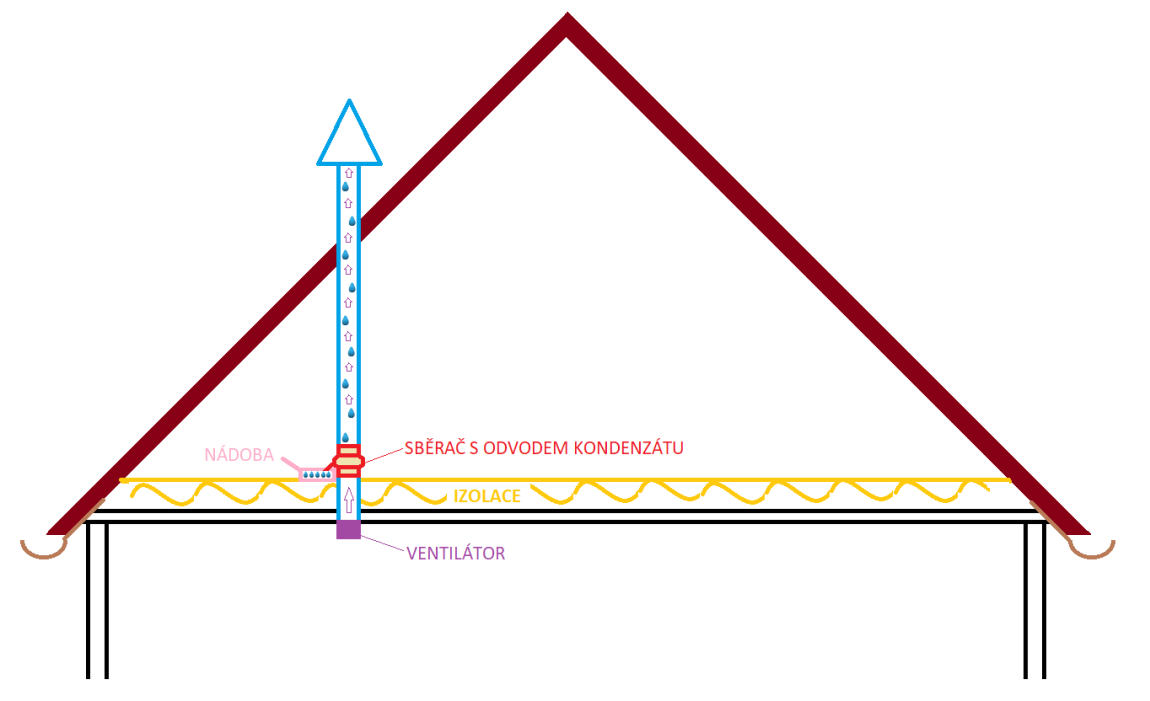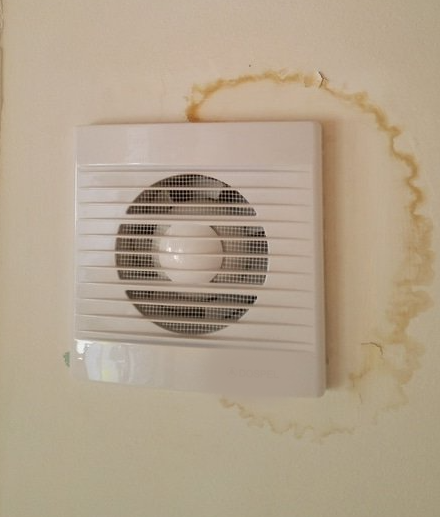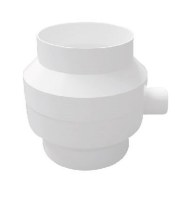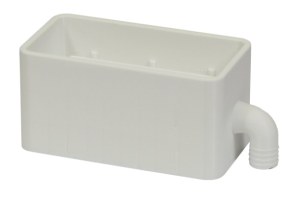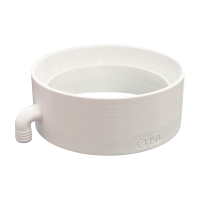Where to place the condensate collector?
Ventilation of the interior is an essential part of modern living, but it can lead to condensation problems, especially when there are significant temperature differences between the outdoor and indoor air. Condensation occurs when warm, humid air comes into contact with a cooler surface and begins to condense. If not properly collected, it can run down the walls of the ventilation ducts, causing problems such as damp spots on ceilings, damaged fans, or mold. How can this problem be prevented? The solution is the installation of a condensate collector.
But where exactly should it be placed for maximum efficiency?
Lowest point of the ventilation path The most important rule for positioning the condensate collector is installing it at the lowest point of the ventilation pipe. This ensures that any condensate formed will flow downward and be effectively collected. This point is usually found in unheated parts of the house, such as the attic, where there is a significant temperature difference.
Above the fan Another suitable location for the condensate collector is above the fan. This ensures that any moisture that could potentially flow back into the room is captured before it reaches the fan. This approach extends the life of the fan and prevents damage caused by moisture.
Areas with significant temperature differences Condensate is most likely to form where there are significant temperature differences between the indoor and outdoor environment. Typical examples are places where pipes pass through unheated areas like attics or basements. Installing the collector in these areas prevents damp spots and mold on walls and ceilings.
Proper slope of the duct In addition to positioning the collector, it is essential to ensure that the ventilation pipe has the correct slope toward the collector. This guarantees that the condensate will naturally flow into the collector and will not accumulate in other parts of the duct.
Use of high-quality sealing materials For the condensate collector to function effectively, it is necessary to seal all joints in the pipe and the collector itself. It is recommended to use silicone or aluminum tape to ensure that no condensate or air leaks occur.
Conclusion The installation of a condensate collector is a simple but crucial step to protect the ventilation system from moisture and damage. Placing the collector at the lowest point of the ventilation path, above the fan, or in areas with significant temperature differences ensures effective condensate collection and removal from the ventilation system.
For more information and to purchase condensate collectors, visit shop.haco.cz.
